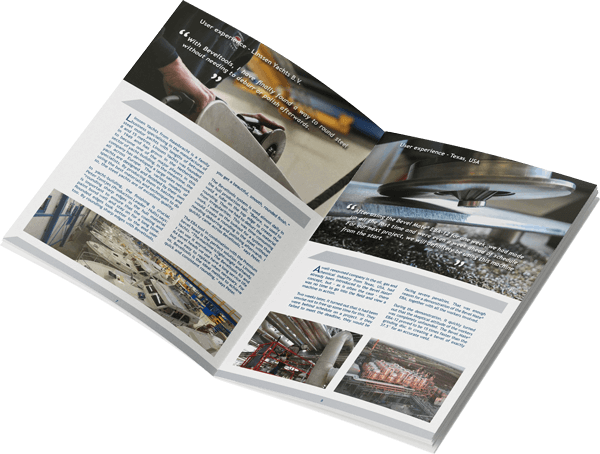We often come across different terms that all refer to the same thing: smoothing out sharp corners. But let's be honest, all those terms like Chamfer, Bevel, Rounding, or Fillet, what do we actually mean by this? In this article, we'll explain these concepts and delve deeper into the world of edge finishing.
What is a Chamfer?
A chamfer is a flat angle or edge that has been beveled. This results in a sloping edge rather than a sharp one. Chamfers are often used to soften sharp edges, reduce risks, prepare for welding, or add an aesthetic aspect to an object.
What is a Bevel?
A bevel is similar to a chamfer, but the difference lies in the angle at which the plane is cut. While a chamfer creates a sloping edge at a specific angle, a bevel can vary in the angle of the beveled plane.
Where are chamfers and bevels often used?
Chamfers and bevels are ubiquitous. Wherever you go, you'll encounter a bevel. Industries that incorporate beveling and chamfering into their processes include:
- Machinery manufacturing
- Architecture
- Furniture production
- 3D printing
- Woodworking
- Metalworking
- Glassworking
- Software development — think about how interfaces are designed. Obviously, don't try to do this with a physical tool, or you're have to replace your monitor.
Rounding
You can guess what a rounding, or rounding off, entails: softening sharp angles or edges by rounding them off.
Fillet
A fillet is also a rounding and is similar to a rounding. However, the difference lies in the shape; while rounding off flattens all sharp angles, a fillet creates a specific curved transition between two surfaces. Roundings and fillets fall under the category of "Radius."
The big difference
Although chamfers, bevels, roundings, and fillets are all methods for smoothing sharp edges, there are subtle differences between them, regarding angles, shapes, and applications.
The correct use of these methods depends on various factors, such as the material, the function of the object, and perhaps to make the finish more beautiful.
How can you finish a perfect edge?
A perfect edge finish requires attention to detail and the use of suitable finishing tools. We may be a bit biased, but the right tools can be found in the Beveltools catalog.
